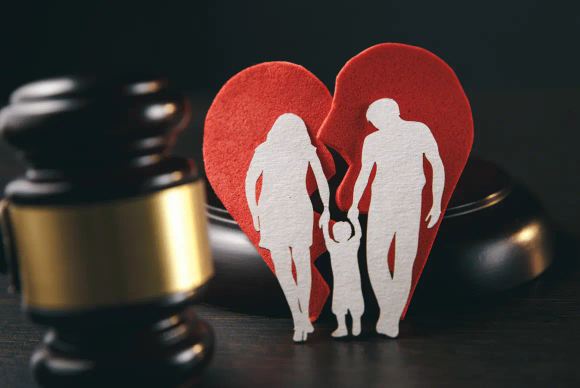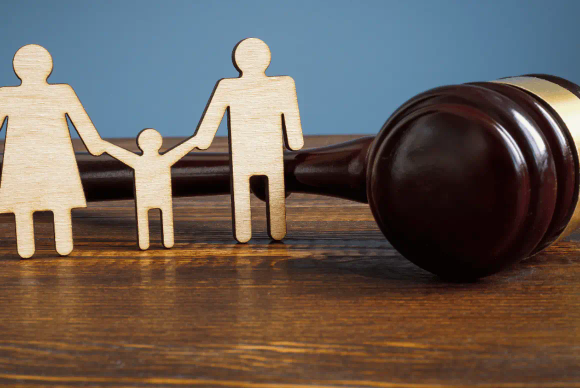Understanding the distinctions between placement orders, care orders, and adoption orders can help clarify their purposes and implications. Each order plays a specific role in ensuring a child’s welfare.
There are several types of orders used in child welfare and family law, each with a specific purpose and implications for parental responsibility. Here's an explanation of three key orders:
Care Order: This order is designed to place a child under the care of the local authority for their protection. Parental responsibility is shared between the local authority and the child’s parents. A care order is typically used when a child cannot remain safely at home due to issues such as neglect or abuse.
Placement Order: A placement order authorises the local authority to place a child with adoptive parents. During this process, parental responsibility is transferred to the local authority until the adoption is finalised. This order is used when adoption is deemed to be in the child’s best interests, especially if parental consent is withheld or overridden.
Adoption Order: The adoption order legally transfers all parental rights and responsibilities to the adoptive parents. Once granted, parental responsibility is fully transferred, marking the final stage of the adoption process and providing the child with a permanent new family.
These orders play a critical role in ensuring the safety and well-being of children while providing legal frameworks for their care and future stability.
Placement Order vs Care Order
A care order places a child under the supervision of the local authority, but the birth parents retain shared parental responsibility. A placement order, however, allows the local authority to place the child for adoption, temporarily removing parental responsibility from the birth parents.
Placement Order vs Adoption Order
A placement order is a step towards adoption, authorising the local authority to arrange for a child to live with prospective adoptive parents. An adoption order finalises the process, transferring full legal rights and responsibilities to the adoptive parents permanently.
Transition From Care Proceedings to Adoption
Care proceedings often begin with a care order and may progress to a placement order if the court deems adoption necessary. The final stage is the adoption order, which establishes the child’s new legal family.




